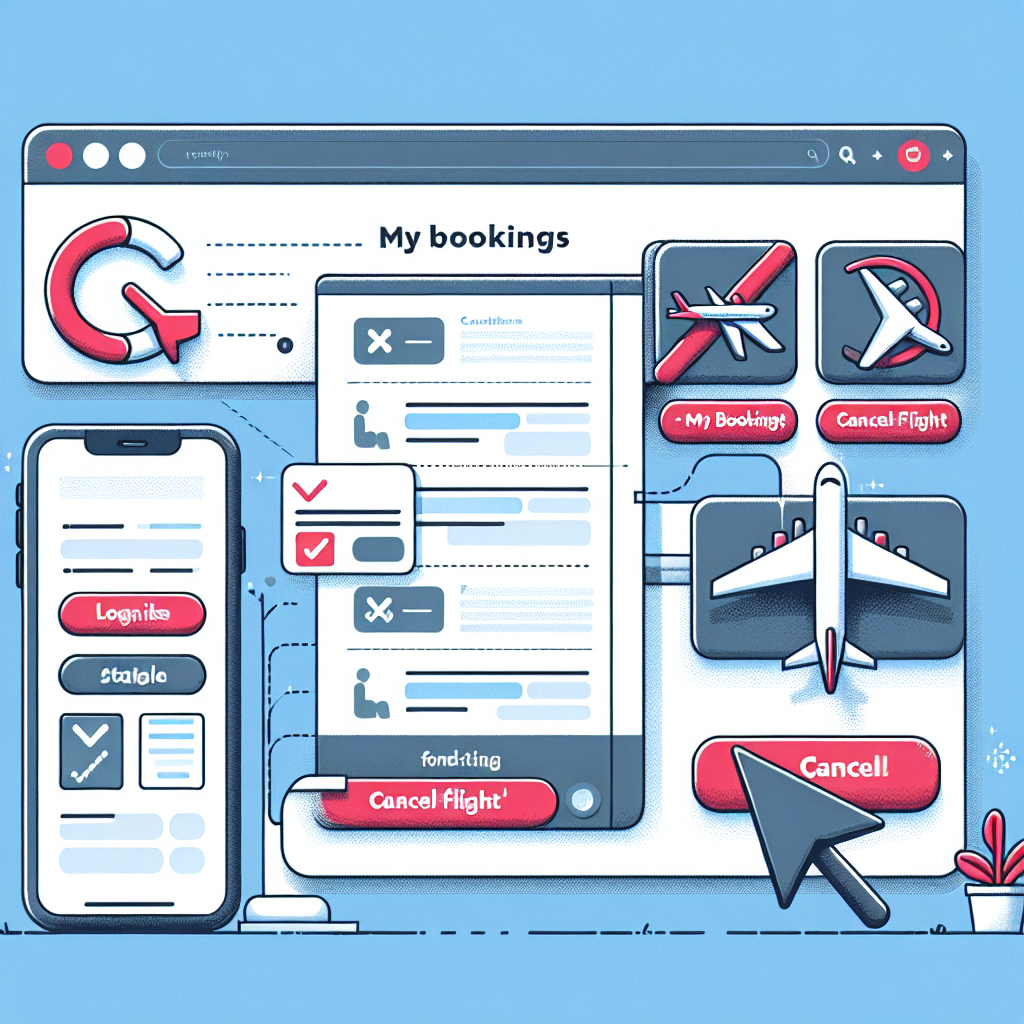Elevate Your Grooming Routine: Must-Have Personal Care Products for Modern Men
In today’s fast-paced and image-conscious world, grooming isn’t just a personal care routine; it’s an essential aspect of self-expression and confidence. As modern men navigate the complexities of life, from professional settings to social interactions, maintaining a polished appearance is key. Whether you’re a grooming aficionado or just starting to explore the personal care landscape, this guide will introduce you to must-have products that can elevate your grooming routine. 1. Cleansers and Scrubs A great grooming routine starts with clean skin. Investing in the right facial cleanser can make a significant difference. Look for products suited to your skin type—gel-based cleansers are excellent for oily skin, while cream-based options work well for dry skin. Incorporating a gentle exfoliating scrub 2-3 times a week can help remove dead skin cells, prevent clogged pores, and promote a healthy glow. Opt for scrubs containing natural ingredients like charcoal or oatmeal for a refreshing clean. 2. Moisturizers and Hydrating Creams Hydration is crucial for maintaining healthy skin. A good moisturizer should be lightweight and provide adequate hydration without feeling greasy. Ingredients like hyaluronic acid, glycerin, and antioxidants can help lock in moisture, leaving your skin supple and vibrant. For those with dry skin, consider a heavier cream or an overnight hydrating mask to restore moisture while you sleep. Don’t forget about your under-eye area; a specialized cream can help reduce puffiness and dark circles. 3. Sunscreen One of the most critical components of any grooming routine is sunscreen. Protecting your skin from harmful UV rays not only prevents premature aging but also reduces the risk of skin cancer. Look for a broad-spectrum sunscreen with at least SPF 30 that fits seamlessly into your daily regimen. Opt for lightweight, non-comedogenic formulas that won’t clog your pores, and consider a tinted option for a subtle finish that can replace foundation for a more natural look. 4. Beard Care Products For those sporting facial hair, investing in a proper beard care routine is essential. Start with a quality beard shampoo to keep your beard clean and free of dirt and oil. Follow it up with a nourishing beard oil or balm to maintain softness and manageability. Regular grooming tools are crucial—a good beard comb or brush helps shape your facial hair, while scissors or clippers are necessary for maintaining length and style. As a finishing touch, incorporate a beard conditioner to keep your beard looking luscious and healthy. 5. Hair Styling Products Different hairstyles require different styling products. Whether you prefer a pomade, wax, gel, or cream, choosing the right one can enhance your hair’s natural texture and hold. For a matte finish, opt for clay or matte pomade. For a slick look, a classic pomade or gel works wonders. Consider trying a sea salt spray for a beachy, casual look or a volume mousse to add body to fine hair. Always remember to use heat protectants if you regularly style your hair with tools like blow dryers or straighteners. 6. Fragrance The final touch to any grooming routine is the right fragrance. A signature scent can positively influence how others perceive you and enhance your confidence. Choose a fragrance that resonates with your personality—whether it’s fresh, woody, or oriental—and apply it sparingly to pulse points for a lasting impression. 7. Nail Care Well-groomed hands can speak volumes about a person’s attention to detail. Invest in a nail clipper and a good-quality nail file to keep your nails clean and trimmed. Consider a nourishing cuticle oil to maintain healthy cuticles and prevent hangnails. A simple buffing kit can give your nails a polished and clean look without the need for nail polish. 8. Body Care Don’t neglect your body in your grooming routine. Quality body wash can make showering a more enjoyable experience and skin-friendly formulas can hydrate while cleansing. A good deodorant or antiperspirant should be an essential part of your regimen, helping you smell fresh throughout the day. For an added touch of luxury, consider integrating a moisturizing body lotion or crème post-shower to keep your skin looking and feeling its best. Conclusion Elevating your grooming routine doesn’t need to be complicated or time-consuming. By incorporating these must-have personal care products into your daily regimen, you can achieve a polished and confident look that reflects your unique style. Stay consistent, explore new products, and ultimately, find what works best for you. Grooming is not just about appearance—it’s a ritual of self-care that can enhance your overall well-being and boost your confidence in all areas of life.










